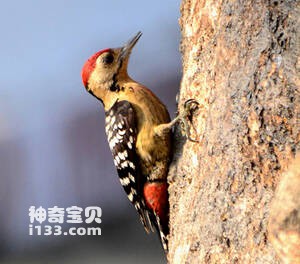
Dendrocopos atratus
Dendrocopos atratus,Stripe-breasted woodpecker
The striped-breasted woodpecker has two subspecies, Dendrocopos atratus and ···
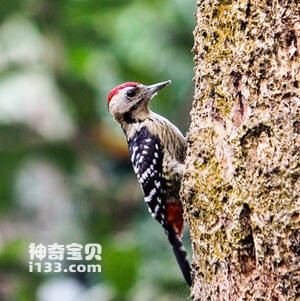
Dendrocopos macei
Dendrocopos macei,Fulvous-breasted woodpecker
Dendrocopos macei, Fulvus-breasted woodpecker, has a ringing tuk-tuk call an···
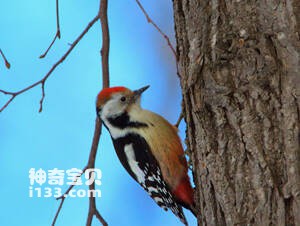
Dendrocoptes medius
Dendrocoptes medius,Picoides medius,Middle Spotted Woodpecker
The Middle Spotted Woodpecker (Dendrocoptes medius, Picoides medius, or Midd···
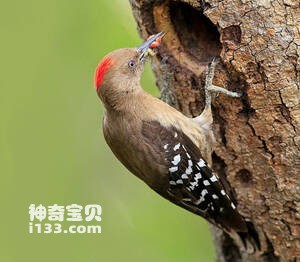
Picoides dorae
Picoides dorae,Arabian Woodpecker
The bird's scientific name is Picoides dorae, and its foreign name is Ar···
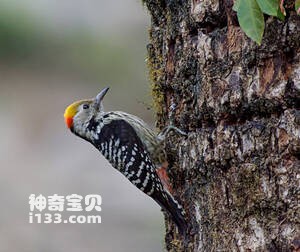
Listed in the International Union for Conservation of Nature (IUCN) ver 3.1:2009 Red List of Birds -
Dendrocopos auriceps,Brown-fronted woodpecker
The Brown fronted woodpecker is known as Dendrocopos auriceps or Brown-front···
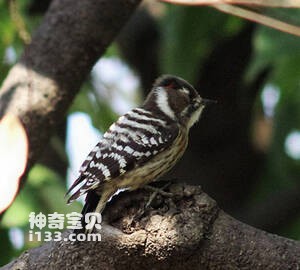
Dendrocopos kizuki
Dendrocopos kizuki,Yungipicus kizuki,Japanese pygmy woodpecker
Dendrocopos kizuki, Yungipicus kizuki, and Japanese pygmy woodpecker have fo···
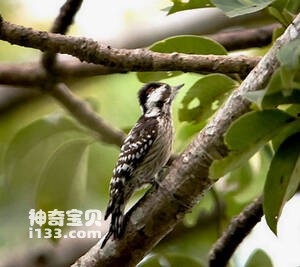
Yungipicus canicapillus
Yungipicus canicapillus,Grey-capped Pygmy Woodpecker
The starheaded Woodpecker, Yungipicus canicapillus and Grey-capped Pygmy Woo···
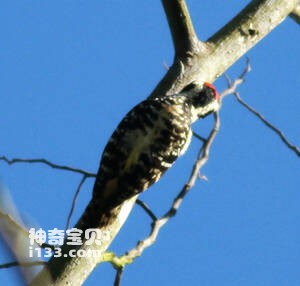
Yungipicus ramsayi
Yungipicus ramsayi,Sulu pygmy woodpecker
It is known by its scientific name Yungipicus ramsayi and foreign name Sulu ···
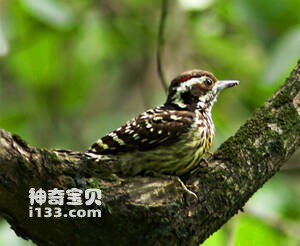
Yungipicus maculatus
Yungipicus maculatus,Dendrocopos maculatus,Philippine Woodpecker, Philippine Pygmy Woodpecker
The species is known as Yungipicus maculatus, Dendrocopos maculatus, Philipp···
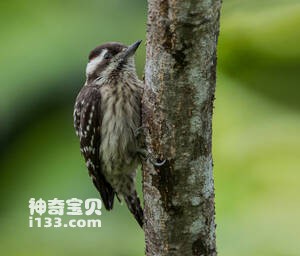
Yungipicus moluccensis
Yungipicus moluccensis,Dendrocopos moluccensis,Sunda Woodpecker, Sunda Pygmy Woodpecker
The Sunda Woodpecker, whose scientific names are Yungipicus moluccensis, Den···
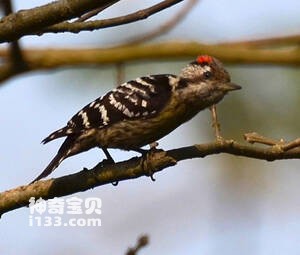
Yungipicus nanus
Yungipicus nanus,Dendrocopos nanus,Brown-capped Woodpecker,Brown-capped Pygmy Woodpecker
The species is known by its scientific names Yungipicus nanus and Dendrocopo···
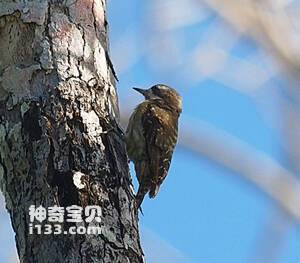
Yungipicus temminckii
Yungipicus temminckii,Dendrocopos temminckii,Sulawesi pygmy woodpecker
The species' scientific names are Yungipicus temminckii, Dendrocopos tem···
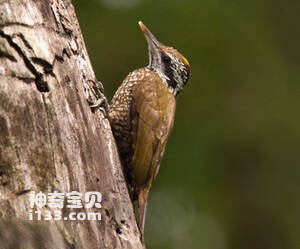
Dendropicos xantholophus
Dendropicos xantholophus,Chloropicus xantholophus,Golden-crowned Woodpecker,Yellow-crested woodpecker
Golden-crowned woodpecker, Yellow-crested woodpecker, Chloropicus xantholoph···
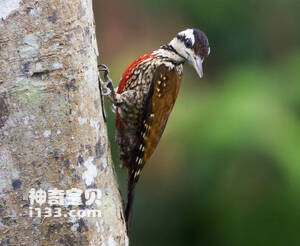
Chloropicus pyrrhogaster
Chloropicus pyrrhogaster,Dendropicos pyrrhogaster,Fire-bellied Woodpecker
The Fire-bellied Woodpecker is known as Chloropicus pyrrhogaster, Dendropico···
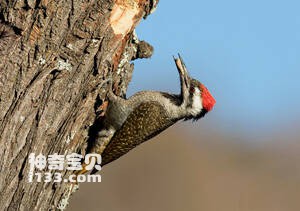
Dendropicos namaquus
Dendropicos namaquus,Bearded woodpecker
The Bearded woodpecker is bearded woodpecker (Dendropicos namaquus, Bearded ···
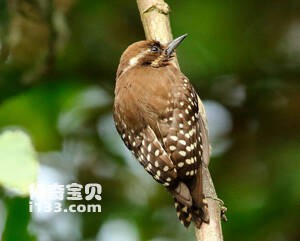
Dendrocopos obsoletus
Dendrocopos obsoletus,Brown-backed Woodpecker
The Brown-backed Woodpecker is known as Dendrocopos obsoletus and brown-back···
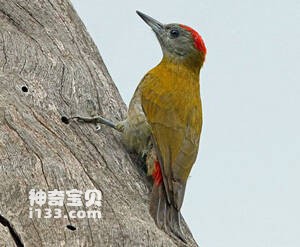
Dendropicos griseocephalus
Dendropicos griseocephalus,Olive Woodpecker
The African grey Woodpecker is known as Dendropicos griseocephalus and Olive···
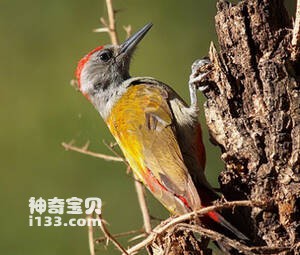
Picus canus
Picus canus,Dendropicos spodocephalus,Eastern grey woodpecker,Grey-headed woodpecker
Picus canus, Dendropicos spodocephalus, and Eastern Grey woodpecker, grey-he···
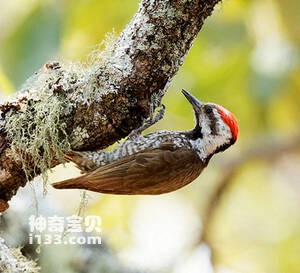
Dendropicos stierlingi
Dendropicos stierlingi,Stierling's Woodpecker
The Woodpecker's scientific name is Dendropicos stierlingi, and its fore···
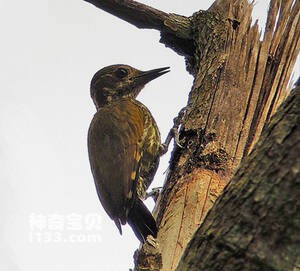
Dendropicos lugubris
Dendropicos lugubris,Melancholy Woodpecker
Melancholy Woodpecker named Dendropicos lugubris, foreign language Melanchol···
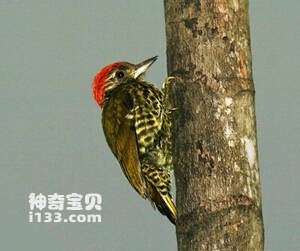
Dendropicos gabonensis
Dendropicos gabonensis,Gabon Woodpecker
The Gabonese Woodpecker is known as Dendropicos gabonensis and Gabon Woodpec···
